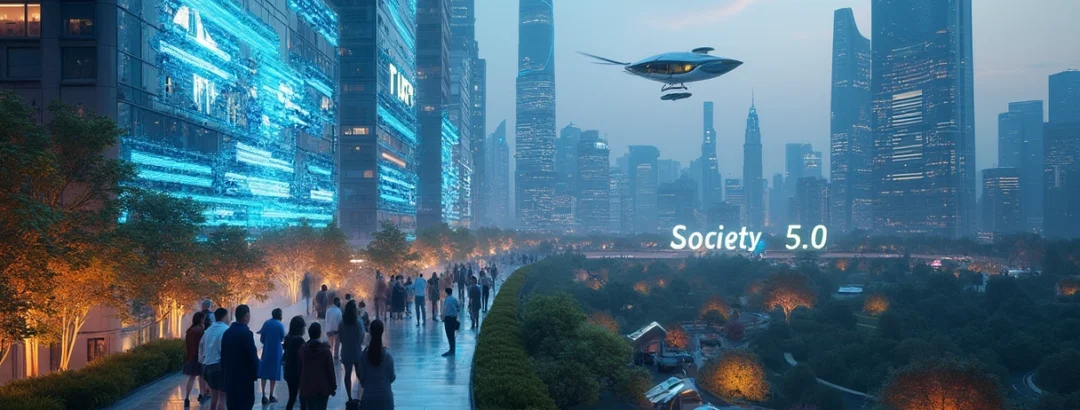The industrial automation landscape is witnessing a significant advancement with the introduction of Dusun’s DSGK-061 Smart VNC Edge Computing AI Box. This powerful device, built around the Rockchip RK3568 quad-core processor, brings robust edge computing capabilities to a compact form factor, making it an ideal solution for smart manufacturing and industrial automation applications.
At the heart of the DSGK-061 lies its impressive processing power. The Rockchip RK3568 SoC features a quad-core Cortex A55 CPU running at up to 2.0 GHz, complemented by a Mali G52 GPU. This configuration ensures smooth handling of complex computational tasks. The inclusion of a 1 TOPS NPU (Neural Processing Unit) further enhances its AI and machine learning capabilities, enabling efficient on-device processing for time-sensitive applications.
One of the standout features of this smart box is its built-in Virtual Network Computing (VNC) application. This functionality allows for seamless remote management of connected systems, effectively bridging the gap between legacy Human-Machine Interface (HMI) devices and modern cloud-based solutions. By enabling remote access to virtual systems, the DSGK-061 offers a cost-effective way to upgrade industrial setups without the need for wholesale equipment replacement.
Connectivity and Interfaces
The DSGK-061 boasts an impressive array of connectivity options. With two Gigabit Ethernet ports, 2.4GHz WiFi, and Bluetooth (complete with an external antenna connector), the device ensures robust network connectivity in various industrial environments. The inclusion of HDMI output supporting 4K resolution at 60Hz allows for high-quality visual output when needed.
For peripheral connections, the smart box offers two USB 3.0 Type-A ports and a micro USB port for recovery and upgrades. An RS232 port via USB Type-B caters to legacy industrial equipment communication needs. The device also features 8 usable GPIO pins, providing flexibility for custom sensor integrations and control applications.
Robust Design for Industrial Use
Designed with industrial applications in mind, the DSGK-061 sports a durable construction. Its compact dimensions of 119 x 90 x 28mm make it suitable for deployment in space-constrained environments. The device is built to withstand challenging conditions, with an operating temperature range of -5°C to 65°C and a storage temperature range of -40°C to 85°C. An internal cooling fan ensures stable operation under load, while the wide input voltage range of 10-28V DC adds to its versatility in different power environments.
Software and Development Support
While there appears to be some conflicting information regarding the operating system support, the DSGK-061 is reported to be compatible with Android (versions 11 and 12 mentioned) and Debian 11. This flexibility in OS choice allows developers and system integrators to work with their preferred platform.
To facilitate custom application development, the device supports Qt-based secondary development. Dusun also provides open-source SDKs and MQTT protocol support, enabling seamless integration with existing IoT ecosystems. The availability of a dedicated FAE (Field Application Engineer) team further ensures that developers and integrators have the necessary support to leverage the full potential of the DSGK-061.
While pricing information is not readily available and requires a quote request, the DSGK-061 Smart VNC Edge Computing AI Box represents a significant step forward in bringing advanced edge computing and remote management capabilities to industrial automation scenarios. Its combination of powerful hardware, versatile connectivity, and robust design makes it a compelling choice for businesses looking to modernize their industrial processes without overhauling their entire infrastructure.





